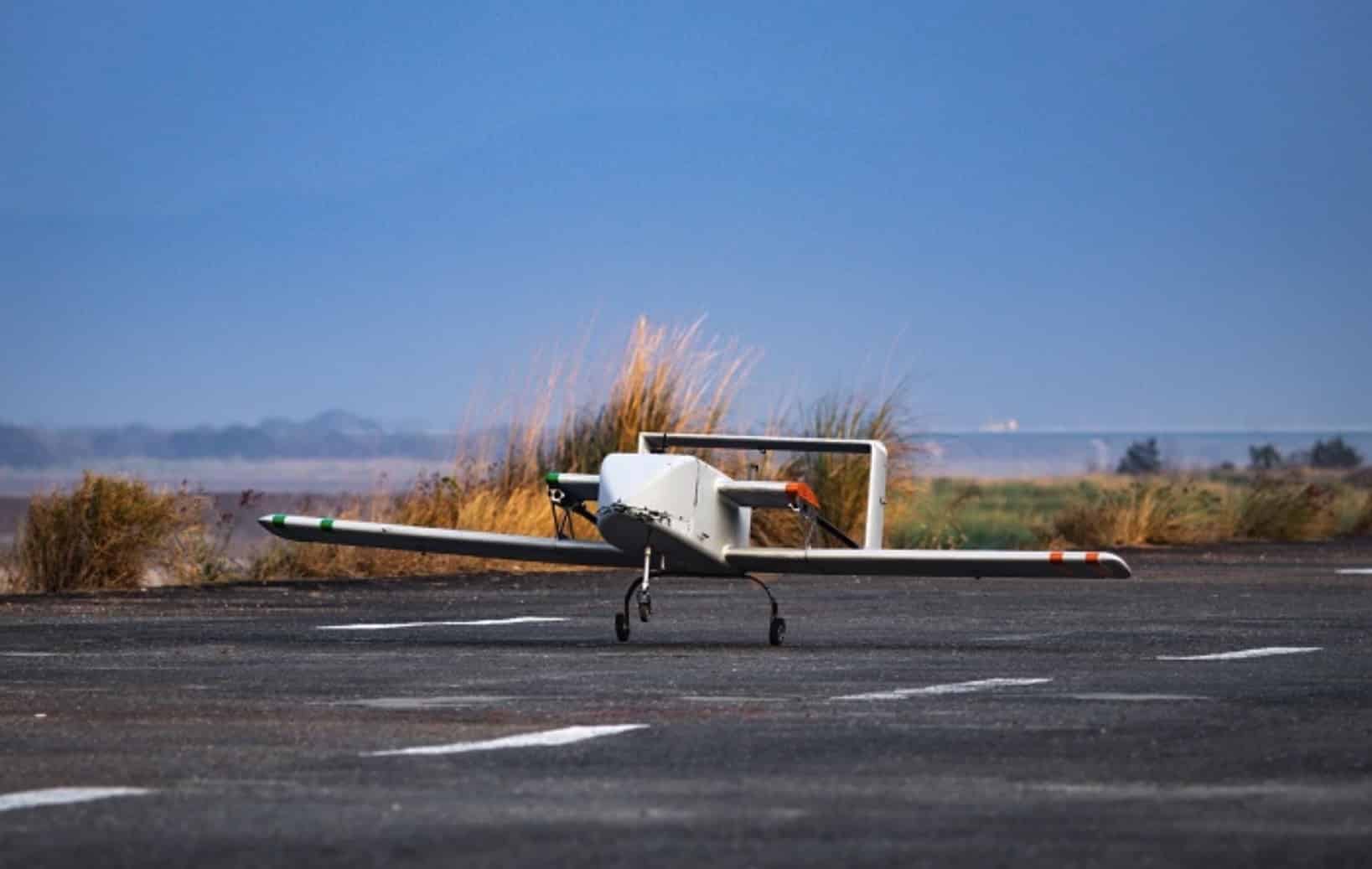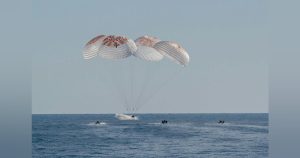Ukrainian Long-Range Drone Completes 1,864-Mile Test, Signaling Advanced Aerial Capabilities
On March 17, 2025, Ukrainian President Volodymyr Zelensky announced the successful test flight of a newly developed long-range drone, achieving a remarkable distance of 3,000 kilometers (1,864 miles). This significant milestone showcases Ukraine’s expanding unmanned aerial vehicle (UAV) capabilities, as reported by the Kyiv Independent. The successful test demonstrates Ukraine’s increasing reliance on drones to extend its operational reach into Russian territory amid the ongoing conflict, complementing its existing long-range missile systems like the Long Neptune.
A Leap in Drone Range and Strategy
During his evening address, Zelensky announced, “Our drone has passed a 3,000-kilometer test,” emphasizing the potential for this UAV to transform both defensive and offensive strategies for Ukraine. With the capability to target locations nearly 1,900 miles away, this drone could potentially strike critical Russian military infrastructures like airfields, oil refineries, and logistical centers, previously deemed unreachable.
Technical Feasibility and Design Insights
While detailed specifications about the drone remain undisclosed, its 1,864-mile range positions it among the top tier of military UAVs globally. Notably, this surpasses the range of many Western drones, such as the U.S.-manufactured MQ-9 Reaper, which can travel about 1,150 miles. Achieving such impressive distances likely involves a combination of lightweight materials, efficient fuel systems, and advanced navigational technology—possibly utilizing satellite systems for precision targeting.
Ukraine’s drone development has showcased resilience and innovation under duress. Hybrid models like the Palianytsia and Peklo—combining missile capabilities with drone technology—exemplify this approach, suggesting the newly tested drone may also focus on endurance rather than speed with an estimated payload capacity of 50-100 pounds, sufficient to inflict damage on fortified targets.
Complementary Advances: The Long Neptune Missile
The same announcement also highlighted advancements concerning the Long Neptune, a long-range missile system specifically designed for the Ukrainian Navy. As shared by spokesperson Dmytro Pletenchuk, while distinct from the drone initiative, the Long Neptune serves a similar strategic objective by enhancing Ukraine’s reach into enemy territories. Zelensky expressed the necessity for increased production, stating, “We require more missiles, more drones, and this will be a key topic in discussions with our partners this week,” via his Telegram channel.
Market and Production Ambitions
Zelensky outlined an ambitious target of manufacturing at least 30,000 long-range drones by 2025, a goal that reflects both military urgency and economic strategy. Ukraine’s Drone Industry has flourished amidst the war, with both startups and established entities adapting to the heightened demands of conflict. Achieving this production scale implies considerable financial backing, potentially costing between $300 million to $1.5 billion based on an estimated unit cost of $10,000 to $50,000.
Regulatory and Infrastructure Considerations
Deploying drones with such extensive ranges introduces complex regulatory challenges, particularly in navigating domestic airspace and international protocols if these UAVs cross neutral zones while approaching Russian targets. Additionally, a well-structured command and control network will be essential for launching, managing, and recovering these drones, with an emphasis on robust infrastructure to mitigate vulnerabilities from potential electronic warfare tactics.
A Strategic Shift with Broader Implications
This recent 3,000-kilometer flight signifies Ukraine’s ascension as a formidable challenger in drone technology, impacting the current war’s landscape and beyond. A long-range UAV fleet could serve not only as a countermeasure to Russian threats but also position Ukraine as a future exporter of combat-tested drone systems. The integration of drones and missile technologies indicates a multilayered strategy that maximizes both adaptability and efficacy.
As the drive for 30,000 drones progresses, it could exert pressure on resources while simultaneously triggering a wave of innovation akin to wartime industrial revolutions. The developments in Ukraine underscore a pivotal narrative about how necessity can cultivate advancement, potentially inspiring other nations to reevaluate their aerial capacities.













